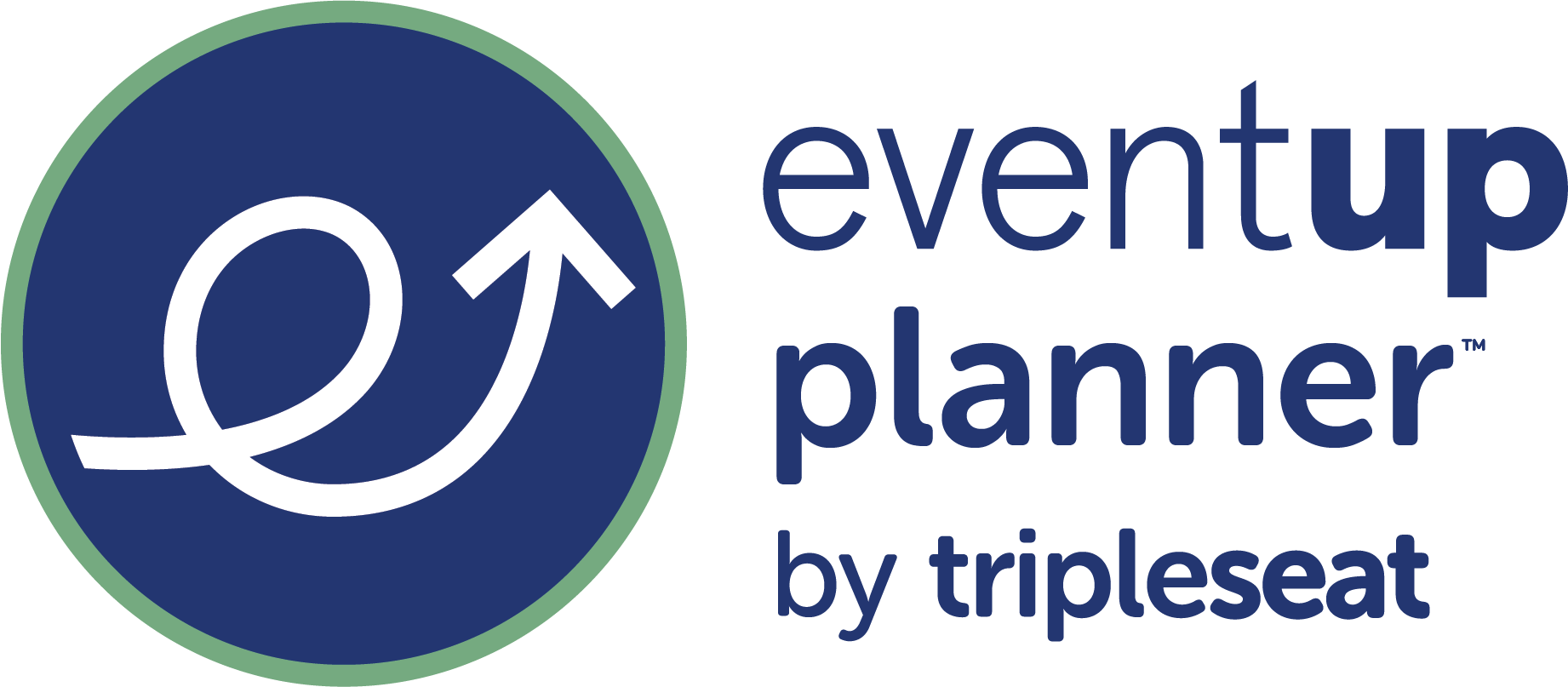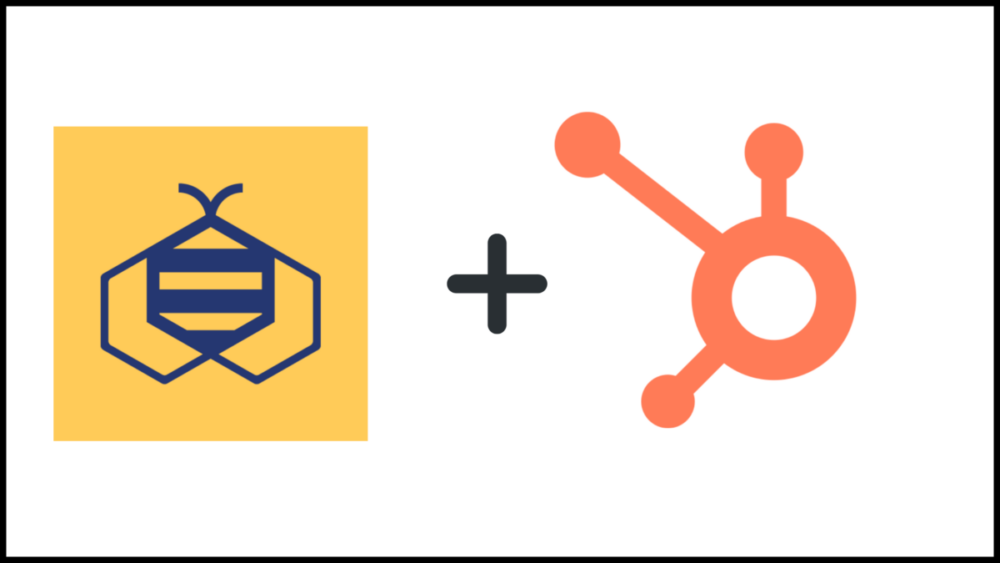In today’s fast-paced business world, securing the right Software as a Service (SaaS) solution can make or break an organization’s success. However, the journey doesn’t end with selecting the perfect software. The real magic lies in negotiating SaaS contracts.
With the right skill set and a clear understanding of your organization’s needs, you can emerge from the negotiation process with a contract that drives significant value and savings.
We’re here to guide you through the essential elements of negotiating your next SaaS contract. You’ll be empowered to secure the best possible deal for your organization! Let’s get started.

The Art of Negotiation
Before delving into the specifics of negotiating SaaS contracts, it’s important to highlight general negotiation skills that can be applied in any context.
The most important thing to remember in any negotiation is that it’s not about winning or losing; it’s about finding a solution that works for both parties. By keeping this in mind, you’ll enhance your negotiation prowess and achieve better outcomes in all your business dealings!
Always come prepared with your research and keep your business needs at the forefront. Be clear on what you can compromise on and what you cannot. While every discussion point may not swing in your favor, remember the goal is to reach a balanced agreement that aligns with your business goals and budget.
What to Expect When Negotiating SaaS Contracts
When stepping into the SaaS contract negotiation arena, knowing what to expect is key. You’ll discuss a variety of points—pricing, duration, services, support, and more—which means you need to enter your conversations armed with your organization’s crystal clear needs. Remember, being transparent, communicative, and respectful will always give you an edge!
Effectively negotiating a SaaS contract also requires an intimate understanding of the SaaS provider’s offerings and capabilities. Prior to entering negotiations, familiarize yourself with their product, pricing structure, and any additional services they offer.
Patience and persistence are key virtues in the negotiation process. Keep in mind that negotiations may require multiple rounds of discussions and revisions before reaching a final agreement.
Finally, it’s important to document and formalize any agreed-upon terms in writing to avoid misunderstandings down the line! Review the contract thoroughly before signing to ensure that all negotiated points are accurately reflected.
Key Negotiation Levers for SaaS Contracts
Negotiation levers are strategic tools utilized in contract discussions to influence and shape the agreement’s terms. When negotiating SaaS contracts, key levers to consider may include contract length, payment structure, setup fees, and testimonials, among others. By skillfully utilizing these levers, you can unlock exciting opportunities, drive value, and forge agreements that propel your business forward.
Below are some examples of how to leverage typical SaaS offerings in your negotiations:
Length of Contract
The longevity of your commitment to a SaaS provider can often act as a bargaining chip. Providers tend to favor multi-year contracts because they foster a lasting relationship and supply them with steady revenue. As such, these contracts usually come at a discounted rate compared to their single-year counterparts. Though it might seem intimidating, agreeing to a longer-term contract can be financially beneficial.
Annual vs. Monthly Payments
The payment structure is another important negotiation lever. Paying yearly—and upfront—can lead to considerable discounts compared to monthly payments. However, breaking your contract can often lead to expensive cancellation fees, so you’ll need to be confident about your commitment to the SaaS tool from day one.
Setup Fees & Implementation Timelines
If the core contract terms are non-negotiable, focus on other areas where concessions may be possible. Consider negotiating setup fees, particularly if the SaaS provider typically charges for implementation services. Pro-tip: If your organization can afford to delay implementation, this may be another opportunity to negotiate a discount!
API Integration
Custom API integration work can be a necessary component of SaaS implementation, but it often comes at an additional cost. During negotiations, inquire about the cost and explore the potential for negotiation or bundling with other services. Providers may be more open to reducing these additional charges or even bundling them with other services if the core contract remains unaffected.
Discounts for a Case Study or Testimonial
A case study or testimonial can be a powerful bargaining tool. Offering to share your positive experience and promote their product can potentially lead to negotiated discounts or favorable terms. The more positive publicity you can offer the provider, the more leverage you may have!
Migration Assistance
Migrating from an existing system to a new SaaS tool can be complex and time-consuming. Some companies charge additional fees to help move your data from your old system to their software. During negotiations, discuss the possibility of obtaining migration support as part of the overall agreement. Understanding your specific migration needs and highlighting their importance can strengthen your position.
Training and Onboarding
The journey with any SaaS tool starts with understanding its ins and outs. The nature of enterprise software often necessitates personalized one-to-one training sessions. This is another point you can negotiate on! Whether you aim to negotiate the training cost or extend the schedule for paid onboarding, training is essential for you to get the best out of your SaaS tool. It shouldn’t be an afterthought during your contract negotiation.
How to Negotiate a SaaS Contract When the Price is Firm
What do you do when the price conversation hits a stalemate? Changing the narrative to getting more for your investment is simpler than you think.
Companies often offer additional features or services to enhance their core product. Think of them as the extra cheese on your pizza—they make the experience even better! Negotiating add-ons could provide you with valuable tools and services that are not included in the standard offering.
Common Pitfalls to Avoid
Negotiating SaaS contracts is all about proactivity. Your relationship with your new software provider will extend long past negotiations and into the future. It’s important to do everything you can to ensure that your partnership is fruitful throughout the life of your contract.
Here are some common pitfalls to avoid so that you can feel great about your contract long-term:
Agreeing to an Excessively Long Contract
Don’t get stuck in a contract that doesn’t serve your needs. Take the time to evaluate whether the contract term matches your long-term plans before committing. If the service doesn’t meet your expectations or your needs change, exiting a long-term contract can be costly.
Unclear Terms and Conditions
Be sure about what is and isn’t included in the price. This can be the Achilles’ heel of any SaaS contract negotiation! Make sure you fully understand what you’re getting for your money. Hidden costs or missing features can result in unpleasant surprises.
Overlooking the Renewal Process
Always keep one eye on the future. What happens when your contract ends? Knowing the renewal process in advance helps you prepare for future costs and negotiation opportunities.
Not Exploring Add-on Discounts
Just like you’d scour the grocery store for deals, do the same with your SaaS contract. Seek out discounts on add-ons at the contract’s outset. Doing so can lead to significant savings.
Getting Rushed into Signing a Contract
Don’t let the ‘limited time discount’ urgency make you rush your decision. Sales deadlines are often flexible, and showing intent or asking for extra time generally results in an extended deadline.
Negotiation Strategies Lead That Secure Deals
Navigating SaaS contract negotiations might seem daunting, but with the right strategies and awareness of potential pitfalls, you’re well on your way to securing a fantastic deal. Always remember you’re not just a customer but a valued partner. With clear communication and a bit of patience, there’s always room for a win-win negotiation!
Attendease is a SaaS company based in Concord, Massachusetts, that provides event management software to the likes of Adobe, NBC, SXSW, and more. Learn more about Attendease today!
Simplify the Complexity of Managing Your Meetings and Events with a Powerful Suite of Tools
Make your attendees gather with ease. From small to large and complex events – plan and manage all of your events in one flexible platform – Attendease.












